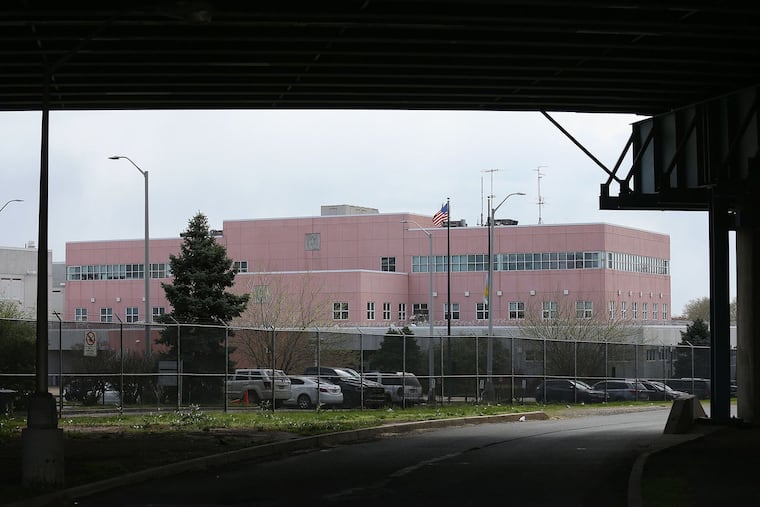Philly jails are in crisis, and a tactic used during COVID-19 is the solution | Editorial
Awaiting trial or paying for a probation violation in a jail should not be a death sentence.

Awaiting trial or paying for a probation violation in a jail should not be a death sentence.
